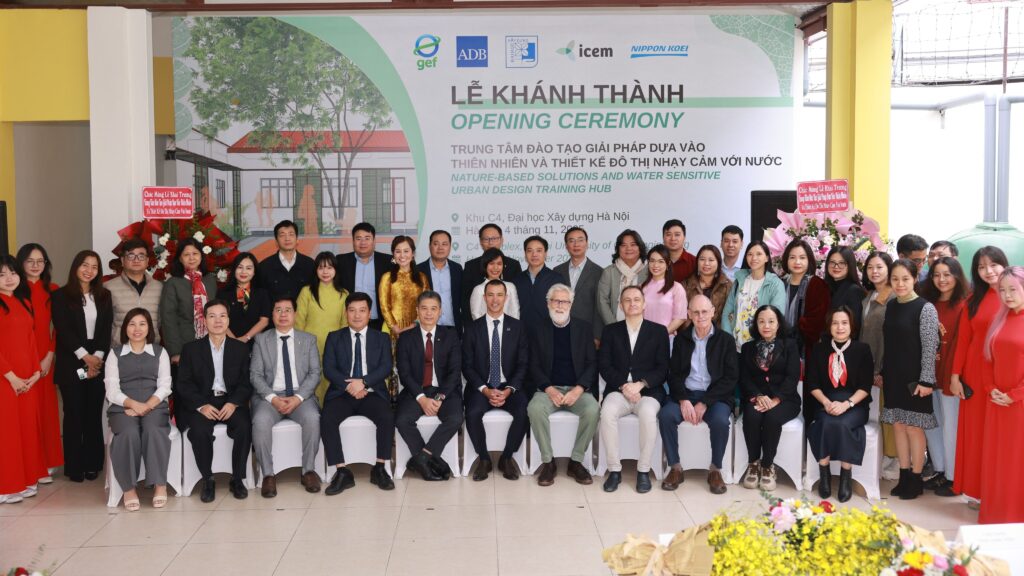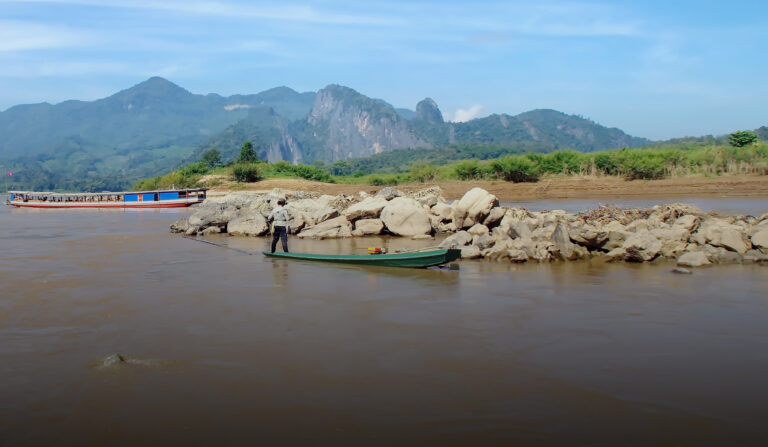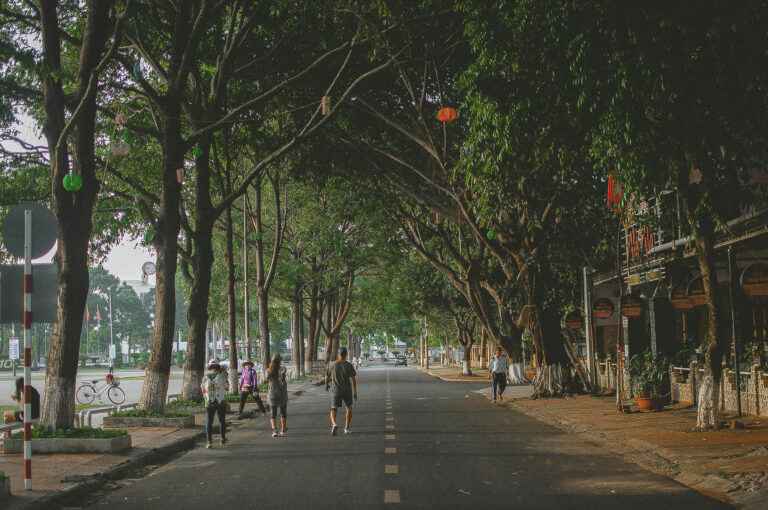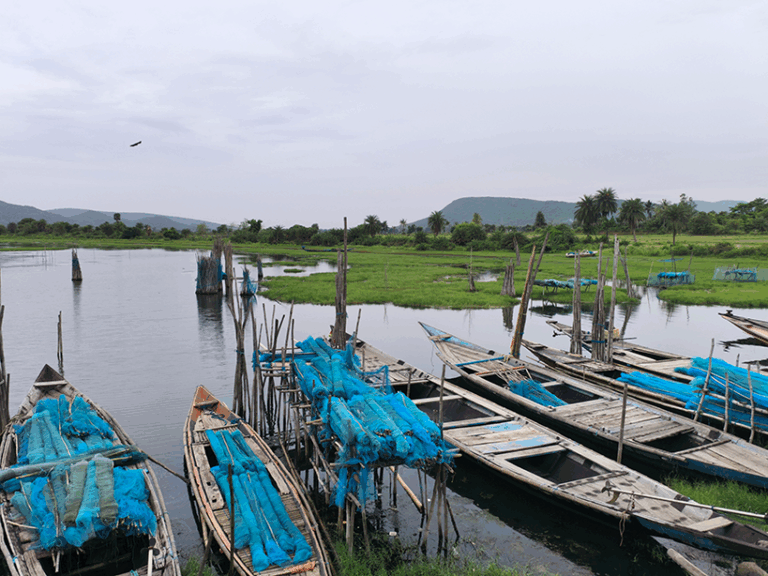A new chapter in Viet Nam’s urban development story began this week with the opening of the Training Hub on Nature-based Solutions (NbS) and Water Sensitive Urban Design (WSUD) at the Hanoi University of Civil Engineering (HUCE). The launch marks a major step in the country’s journey toward building climate-resilient and liveable cities.
Developed with funding from the Global Environment Facility (GEF), administered by the Asian Development Bank (ADB), and supported by ICEM – the International Centre for Environmental Management and Nippon Koei, the Hub aims to inspire and equip a new generation of urban professionals to weave nature into city planning and design.

Energy, Innovation, and Vision
The atmosphere at the ceremony was electric. Faculty members, students, government officials, development partners, and urban design professionals gathered in HUCE’s newly transformed C4 area — now a living showcase of the sustainable design principles the Hub promotes. Green walls, porous pavements, rain gardens, and rainwater harvesting systems greeted attendees, illustrating how natural and engineered solutions can work hand in hand to make cities more resilient and liveable.
Speakers at the event emphasised the need for urgent action to address the growing pressures of flooding, heat islands, and the loss of green space in fast-urbanising cities like Hanoi. The ceremony’s keynote message was clear: to create sustainable cities, planners must work with nature, not against it.
“This Training Hub will inspire a new generation of urban professionals — planners, students, policymakers, architects, and engineers — to work with nature, not against it,” said Mr Ron H. Slangen, Deputy Country Director of ADB Viet Nam.

A Living Laboratory for the Next Generation
More than a new building, the Training Hub represents a new way of learning and doing. The revitalised C4 area serves as a living laboratory, where students and practitioners can observe in real time how nature-based and water-sensitive designs perform — from runoff reduction and groundwater infiltration to cooling effects and biodiversity gains.
Inside, interactive demonstration facilities showcase a range of water-sensitive technologies, including bioretention basins, tree pits, green roofs, and porous pavements. These practical teaching tools allow students to explore how materials, vegetation, and design choices shape a city’s capacity to adapt to climate extremes.
The Hub’s courses bring together urban planners, engineers, architects, and environmental scientists in an interdisciplinary environment, fostering collaboration across sectors that too often work in isolation. By connecting these disciplines, the Hub reflects the integrated thinking essential for sustainable urban development.
It also acts as a node in a growing network of collaboration, linking universities, local governments, and international development partners. Together, these organisations will share case studies, exchange technical expertise, and scale up solutions across Viet Nam and beyond.

Looking Ahead
Following the launch, a three-day training on NbS and WSUD for Cities began at the Hub. The course brings together HUCE faculty, students, national and city officials, and international experts to develop practical skills in designing climate-resilient cities.
In the months ahead, the Hub will host regular courses, design challenges, and research projects focused on nature-based urban transformation. Students and professionals will use the site to test ideas, refine methods, and document lessons for scaling green infrastructure in Viet Nam’s dense urban environments.
For Assoc. Prof. Dr Hoang Tung, Rector of HUCE, the Hub represents both a vision and a commitment to the future.
“The Hub is a learning space and a place to nurture young talents and promote innovation and creativity,” he said.
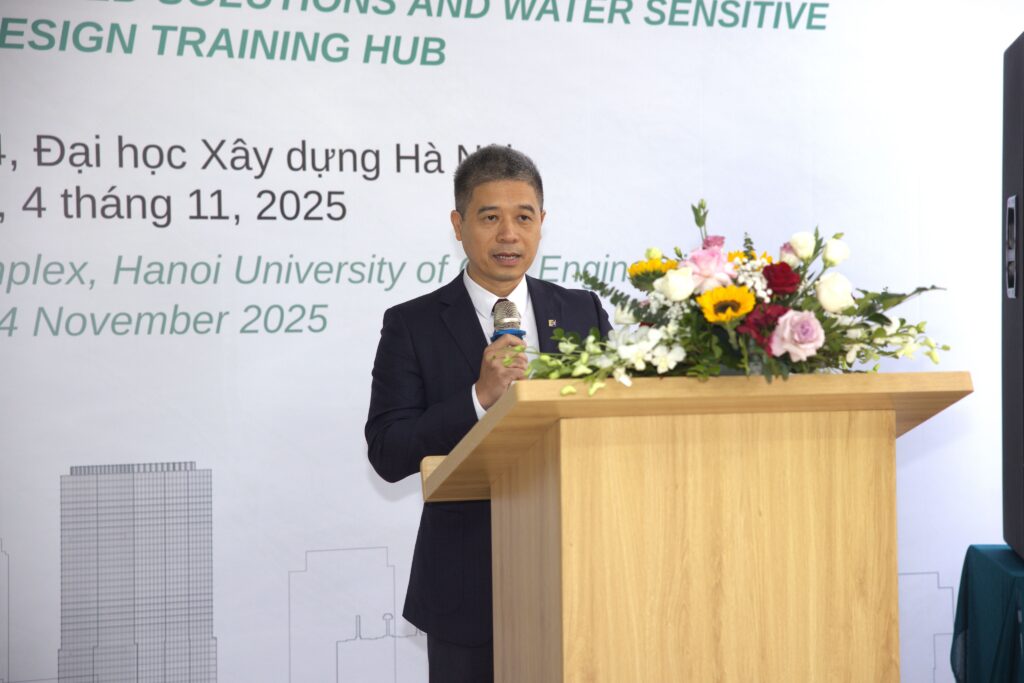
With the launch of HUCE’s NbS Training Hub, partners including ADB, ICEM, and Nippon Koei have set the stage for a new era of innovation in Viet Nam’s urban design. In a time when floods, heatwaves, and other climate shocks are reshaping city life, the message from Hanoi is unmistakable: by bringing nature back, cities can become not only more liveable and vibrant, but also more resilient.
